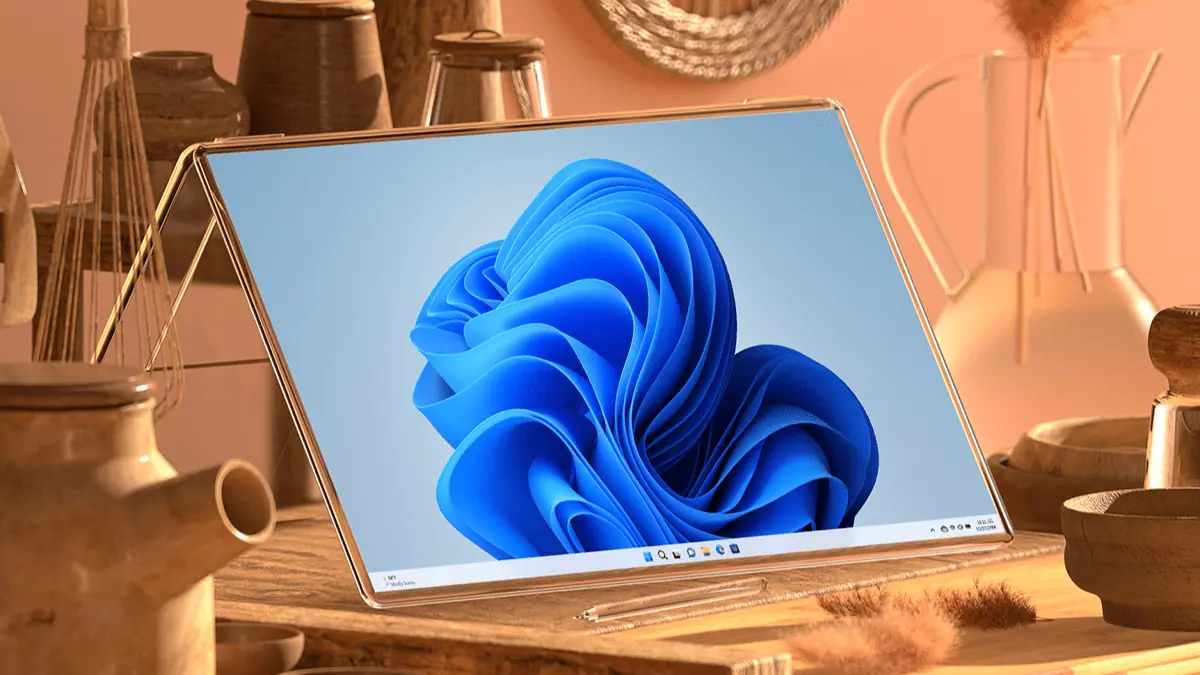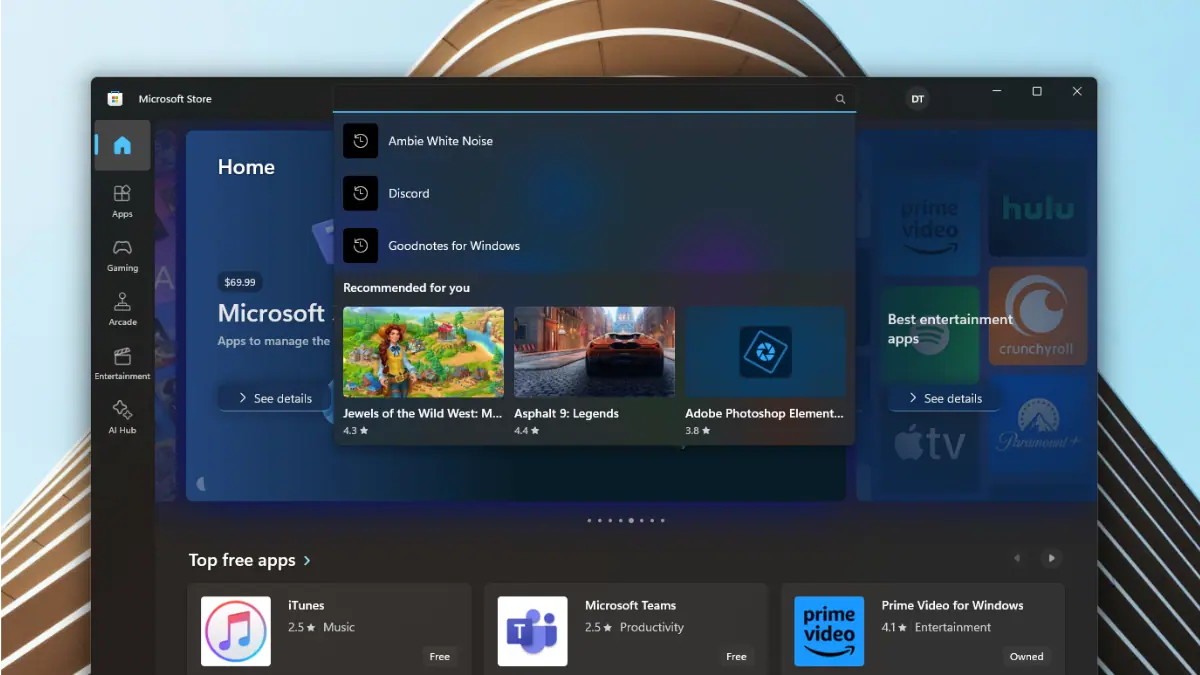Project Scorpio's custom silicon removes limiting PlayStation 4 Pro-like bottlenecks
3 min. read
Updated on
Read our disclosure page to find out how can you help MSPoweruser sustain the editorial team Read more

When it comes to console hardware, there are always limitations that arise because of how weak certain components are. For example, while PlayStation 4 Pro’s GPU may be a significant leap over a standard PlayStation 4, there are significant bottlenecks on how that power can be utilized due to the CPU and RAM. In a new report, Digital Foundry discussed these issues and praised Microsoft’s efforts to aggressively customize AMD’s design to fit their needs. The outlet reported:
“The base hardware designs across the various components and blocks within the Scorpio Engine SoC (system on chip) are indeed based on technology derived from AMD—the CPU technology has been customized to the point where Microsoft doesn’t refer to them as Jaguar architecture anymore…there is no equivalent part to it in the PC space.”
In order to explain the differences between Project Scorpio and PlayStation 4 Pro, Digital Foundry talked about the approaches both companies took. Both Microsoft and Sony had very different design priorities. Sony doubled down on checkerboarding support at a hardware level for addressing a 4K display because effectively there was no other choice. According to the analysts, “only a modest bump to memory bandwidth over PlayStation 4 ruled out native 4K on top-tier titles.” Microsoft’s focus was clearly on pursuing higher native resolutions so the stops were pulled out on memory bandwidth and processing power, hence the focus on customizing the silicon according to content.
Speaking about the GPU, Andrew Goossen, a technical fellow at Microsoft, stated that because of the heavy customization, Project Scorpio has significant performance benefits relative to PC. Microsoft has made continual improvements to the shader compiler. The highly-tweaked shader extension support allows developers to optimize in ways that simply can’t be done on PC cards.
However, what does all of this mean for gamers? Well, there are three main takeaway points. The fact that AMD’s designs were used as a baseline means all existing Xbox One games work without problems. Secondly, it means that the majority of top-tier titles should support native 4K on Project Scorpio, and even native 4K 60 FPS for some titles. Lastly, it means that current Xbox One games which run at 900p 30 FPS will easily be able to achieve 1080p 60 FPS or 4K 30 FPS on the console if the developers issue patches.
Project Scorpio is definitely an astonishing powerhouse and hopefully we’ll see game developers take advantage of all that potential. Xbox One titles that run at 900p should be updated for the console because it will elevate numerous experiences. While it’s a lot of work, developers want the best versions of their games out there. Project Scorpio gives them the ability to do just that.









